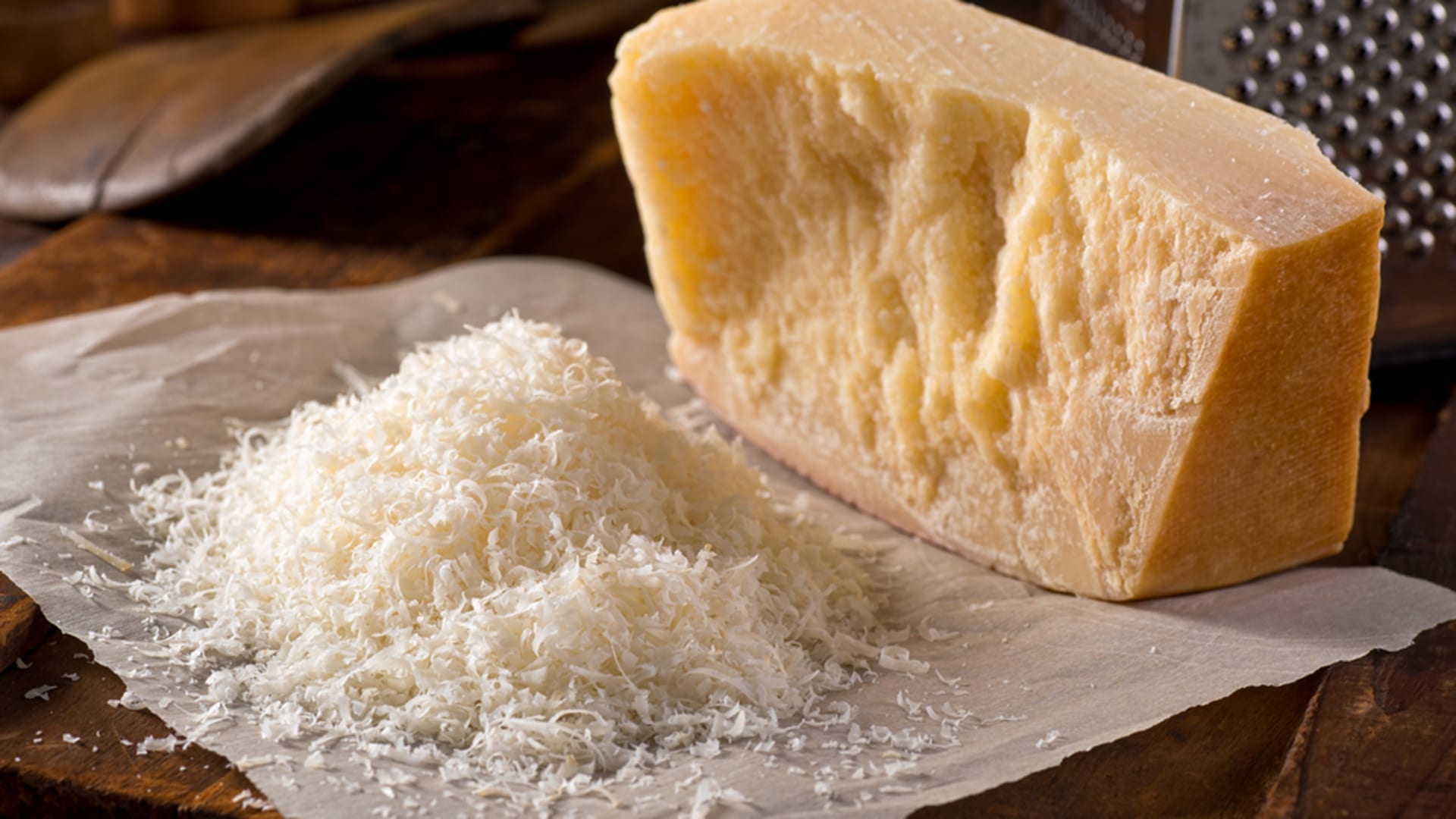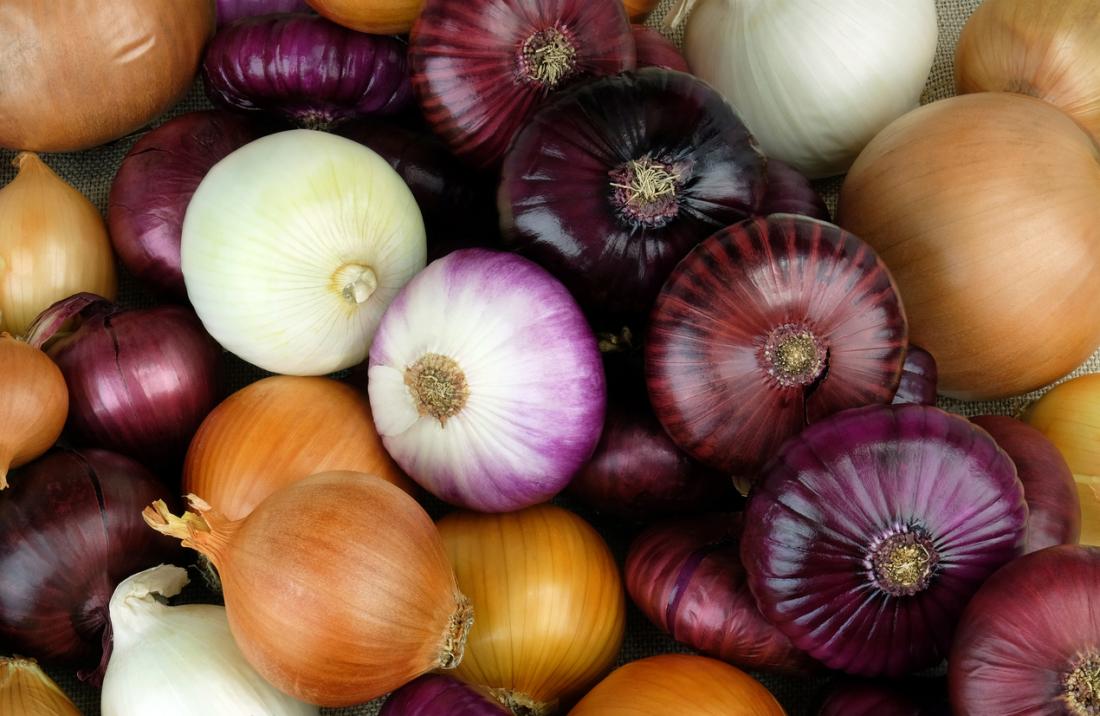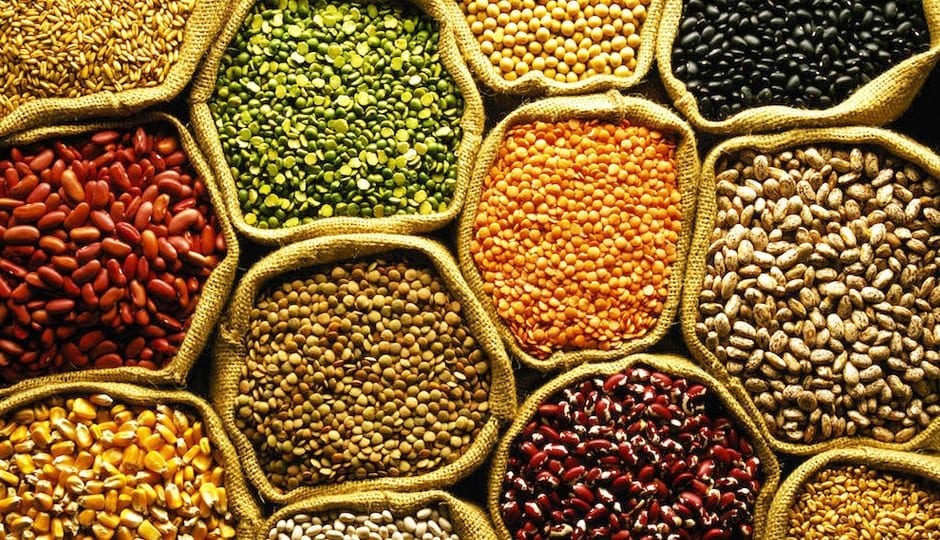Humans crave salt. It’s that simple. Food manufacturers know that we want salt and that by adding mega-quantities of sodium to their foods, we’ll keep gobbling it up.
As a fitness coach and a health conscious person, I make efforts to eat a healthy diet each day. However, I will tell you that salt is one of my weaknesses. And unfortunately, this is a weakness with significant risk attached to it.
Perhaps the most significant risk factor of a high-sodium diet is elevated blood pressure (hypertension). High blood pressure increases the risk of coronary heart disease, stroke, congestive heart failure, and kidney disease.
When you take in too much salt, your kidneys attempt to filter it out and eliminate it. But when they can’t keep up with your sodium intake, it stays in your blood. Sodium in the blood attracts water and raises the total volume of blood in your body. This forces your heart to work harder and creates additional pressure in your arteries. Over time this pressure can lead to a variety of life-threatening illnesses.
So where does all this salt come from? For most people, the vast majority (more than three quarters) comes from processed foods. A small amount comes from the natural salt content of food and the rest from added salt. Only about 12% of the average person’s total sodium occurs naturally in the foods we eat. Another 5% is added while cooking and 6% more is added while eating. This leaves 77% that is added in various ways during the manufacturing processes.
Let’s look at the sodium content of a simple meal you might get at a deli or even pack your child for lunch. The meal consists of a ham and cheese sandwich with a few potato chips or pretzels and a pickle. These are average estimates on sodium content. It will vary by brand and product type.
3 Slices of Ham (lunch meat): 350mg x 3 = 1050mg
2 Slices of Bread: 150mg x 2 = 300mg
Mayonnaise: 50mg
Dill Pickle Spear: 385mg
Potato Chips/Pretzels: 450mg
Total Sodium in Meal: 2235mg
This simple meal has roughly the total sodium content a person should get in an entire day. Add a bowl of tomato soup, and you could potentially add another 700 to 1400mg of sodium to this meal. This is all without touching a salt shaker.
So the answer goes beyond putting down the salt shaker. It means checking the sodium content of foods before you buy them and opting for lower sodium varieties. Better yet, consume more whole fruits and vegetables in your diet.
Another essential step is raising your potassium intake to combat the consumption of extra sodium. The USDA recommends adults get at least 4700mg of potassium each day from food sources such as leafy green vegetables, beans, and fruits (bananas, oranges, and melons are good sources).
So check those labels and reduce your sodium intake. As with everything, it all comes down to moderation. If you can eat a diet of more natural, whole foods without as much processing (where most of the salt is added), you’ll decrease your risk factors for heart disease and other serious illness later in life.





Be the first to comment on "Salt of the Earth"